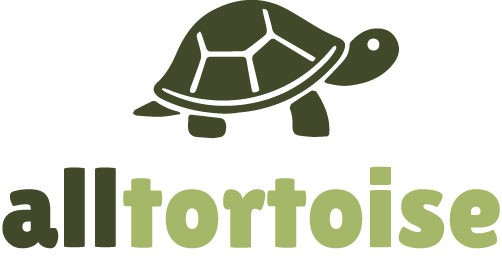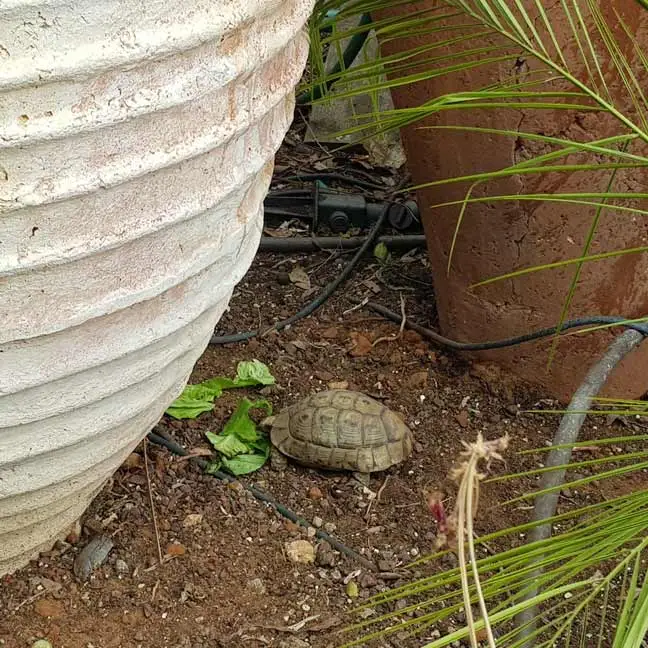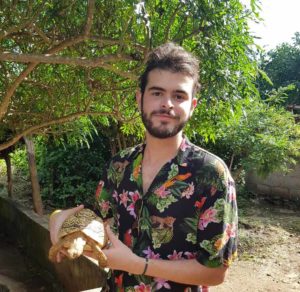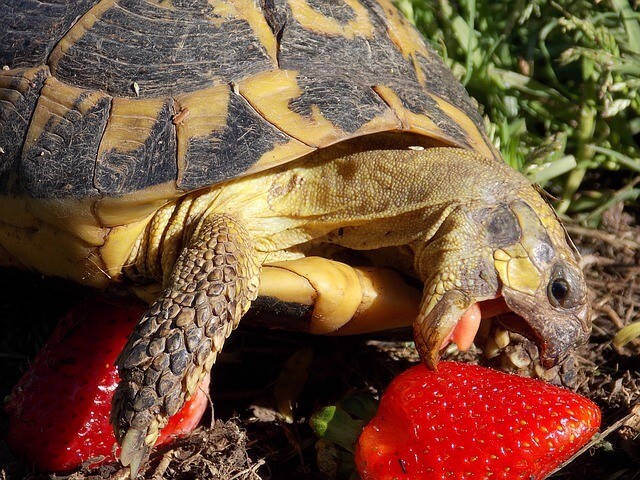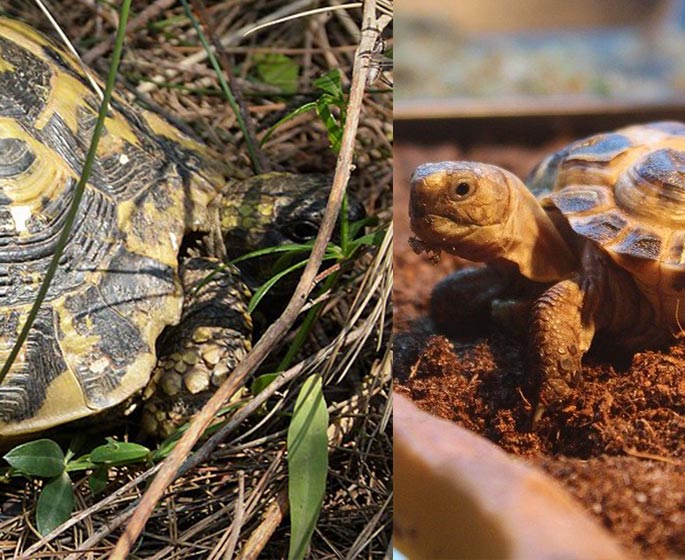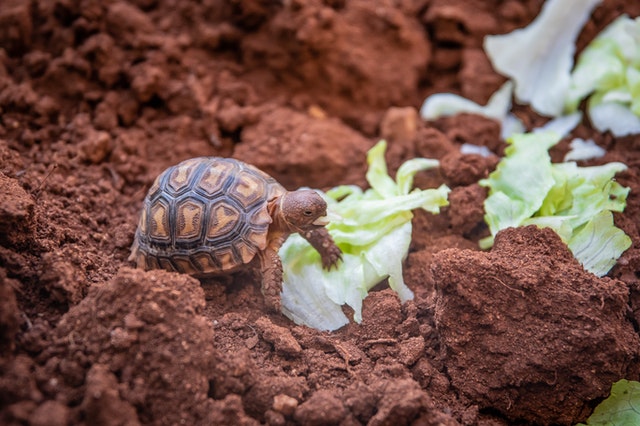Russian tortoise are small pets that is easy to care for and fun as well. if you have recently adopted a one or looking at doing so and wondering if its a female or male then you came to the right place. I’m Din and I know all about tortoises 🙂 let’s start with the most easy way.
Physical Characteristics
The first thing and most easy way to distinguish if its a female or male is to look for its physical characteristics. While there are some variations, males and females tend to have some distinct differences in size and appearance.
Plastron: The plastron is the bottom part of the tortoise’s shell and can be a good indicator of gender. In males, the plastron is usually concave, or slightly indented, while in females it is more flat or slightly convex. This difference in shape is thought to be related to the need for males to be able to mount females during mating.
Size: One of the most noticeable differences between male and female Russian tortoises is their size. In general, males are larger than females and can grow up to 18 inches in length, while females tend to be smaller, reaching a maximum of about 14 inches. However, it’s important to note that size can vary depending on a number of factors, including genetics, diet, and living conditions.
Tail: Another way to tell the difference between male and female Russian tortoises is by looking at their tails. Males have longer, thicker tails than females, and the tail also extends beyond the edge of the shell. In females, the tail is shorter and thinner and does not extend beyond the shell.
Behavioral Differences
if you are wondering if there are any behavioral difference between female and males I can confirm that there are some. These differences are not always reliable and can vary depending on the individual tortoise, but they can still be useful indicators.
Mating behavior: During the breeding season, male Russian tortoises will often engage in courtship behavior, such as head bobbing and chasing females. They may also make a hissing or croaking sound as a way to attract females. If you see your tortoise exhibiting these behaviors, it is likely a male.
Dominance behavior: Russian tortoises, like many reptiles, can exhibit dominance behavior, and males are typically more dominant than females. If you have more than one tortoise, If you notice that one is more assertive and tries to dominate the others. This tortoise is more likely to be a male.
Other Methods
If you are still unsure of your tortoise’s gender after examining its physical characteristics and observing its behavior, there are a few other methods you can try.
Probing: One method that is sometimes used to determine the gender of Russian tortoises is probing. This involves inserting a probe, such as a metal rod or wire, into the tortoise’s cloaca (the opening at the base of the tail) and feeling for the presence of reproductive organs. This method should only be performed by a veterinarian or experienced reptile expert as it can be risky and potentially harmful to the tortoise if done incorrectly.
DNA testing: Another option is to have a DNA test performed on your tortoise. This can be done by taking a small tissue sample
In Conclusion
To conclude, the best and easiest way to distinguish the gender is by examining its physical characteristics, specifically the size, plastron shape, and tail length.
males are larger than females, have a concave plastron, and have longer, thicker tails that extend beyond the edge of the shell. Females, on the other hand, are smaller, have a flat or slightly convex plastron, and have shorter, thinner tails that do not extend beyond the shell.
You can also observe the tortoise’s behavior, whitener its mating or dominance behaviors.
Some helpful links:
Also, maybe can you find this video helpful.
